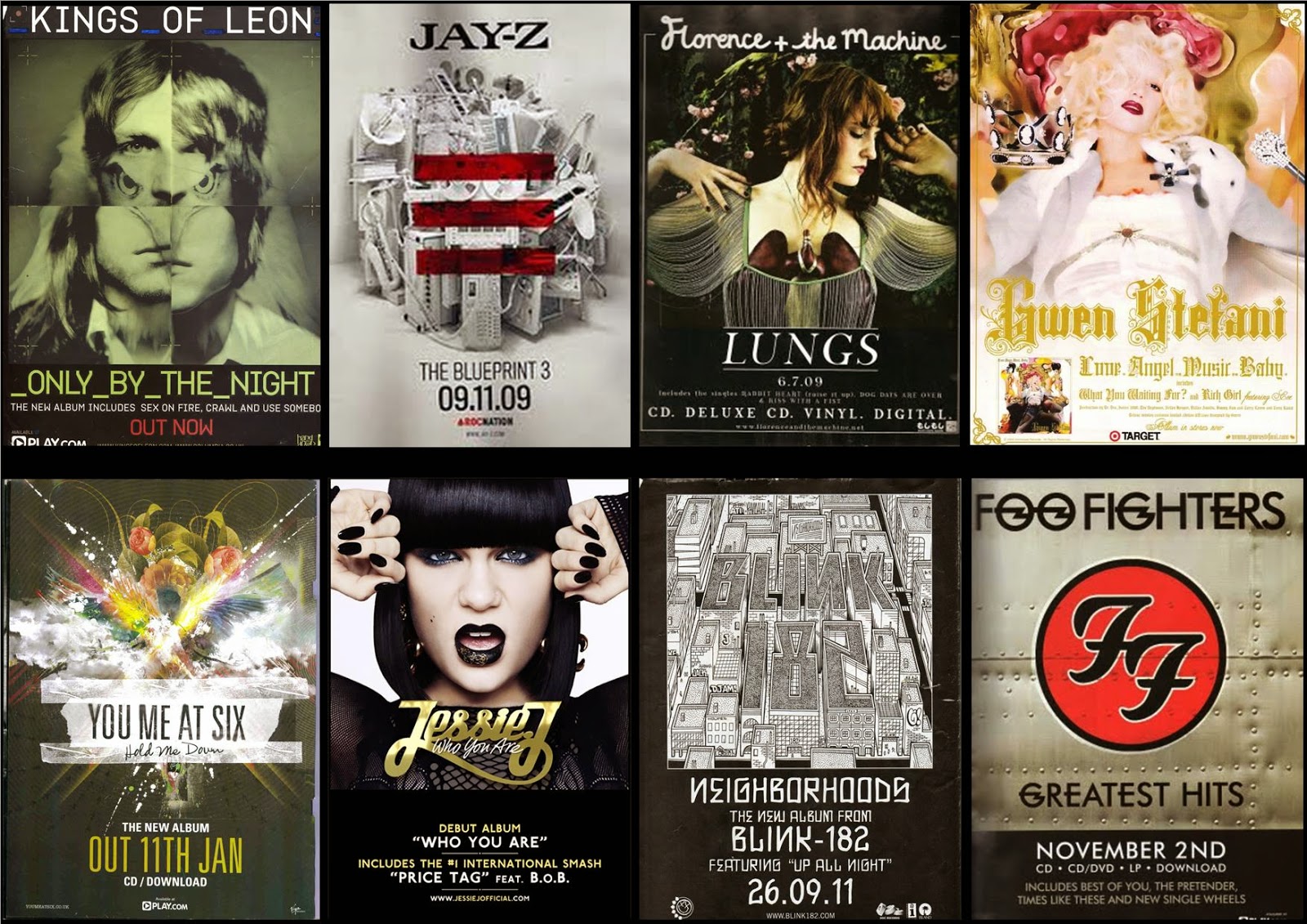 The second location I decided to use for my music video was my college green room. I had originally planned to use the green screen as a way to select a more creative backdrop for the singer, however after some consideration and research I decided using a white backdrop would be a better decision. This is because I was struggling to find a suitable image to use as the backdrop in contrast to my first location, as that one was very detailed and colourful I thought another busy backdrop would be too much.
The second location I decided to use for my music video was my college green room. I had originally planned to use the green screen as a way to select a more creative backdrop for the singer, however after some consideration and research I decided using a white backdrop would be a better decision. This is because I was struggling to find a suitable image to use as the backdrop in contrast to my first location, as that one was very detailed and colourful I thought another busy backdrop would be too much.I plan to change the lighting effects of the footage whilst editing, I will experiment with the brightness, contrast and also any filters than can add a nice vintage effect. I only wanted one prop to be used in these shots and this was a microphone, I was aloud to borrow a vintage style microphone from my colleges music department which I thought really helped set the scene. Most of the shots from this location were lip-sync shots so I wanted to have the feel that the actress is performing as oppose to just simply lip-syncing.
This filming day overall went according to plan, I managed to get all of the shots I wished and was happy with the overall look of the scenes. I did however forget to bring speakers for my iPod which meant the music was being played very quietly making it harder for the model to keep in time.
Unlike in my first location where my model was wearing more of an every day 1940's style dress, I wanted a more formal look for these second load of shots. I decided in the end that she would wear a deep red patterned dress which fits the typical style of the 40's and 50's, this has a belt that ties around the waist and has a fuller skirt. Her hair was styled so that it was curly unlike from the first day of filming, I think this helps separate the looks more from one another.
I am now looking forward to uploading all this footage onto a MAC so that I can view it properly and begin editing it together with my current draft in order to create my first full draft of the video.



